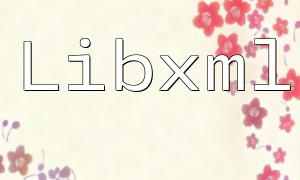In PHP, hooks are a software design pattern that allows developers to insert custom code at specific execution points, thus altering the behavior or extending the functionality of a program. Hooks are similar to callback functions, but they are more flexible and extensible.
There are two types of hooks: pre hooks and post hooks. Pre hooks are triggered before the core functionality executes, while post hooks are triggered after the core functionality executes.
A common application of hooks is in plugin systems, where developers can write plugins and integrate them into the main application to extend functionality and customize behavior. Hooks allow developers to execute custom code within the plugin.
For instance, in a blogging system, a pre hook called pre_publish_article could be defined. This hook is triggered before an article is published. Plugin developers can use this hook to perform custom actions, such as checking the article content or adding watermarks.
function pre_publish_article($article) {
// Logic to execute before publishing the article
}
add_hook('pre_publish_article', 'pre_publish_article');
Hooks can also be used for access control. For example, in a user management system, a post hook can be triggered after a user successfully logs in. Developers can then add custom operations such as logging the login or checking user role permissions.
function post_login($user) {
// Custom logic after user login
}
add_hook('post_login', 'post_login');
Hooks can also be used for data validation. For example, before a form is submitted, a pre hook can be used to validate the form data. If validation fails, the form submission can be stopped.
function pre_submit_form($data) {
// Validate form data
if ($data['name'] == '') {
echo "Please fill in the name";
return false;
}
if ($data['email'] == '') {
echo "Please fill in the email";
return false;
}
// Data is valid, allow form submission
return true;
}
add_hook('pre_submit_form', 'pre_submit_form');
The main advantage of using hooks is the flexibility and extensibility they provide. Developers can easily extend and customize applications without modifying the core code, helping to keep the codebase clean and maintainable.
Hooks also allow multiple listeners to be added at the same execution point, enabling the creation of more complex functionalities. For example, a pre hook can have multiple listeners, each responsible for different validation tasks.
This article introduced the concept of hooks in PHP, provided application examples, and discussed their advantages. Hooks are a flexible and extensible design pattern that enables developers to add custom code, extending and customizing PHP applications. By using hooks, developers can maintain clean and maintainable code while implementing more powerful and flexible features.
We hope this article helps readers better understand and apply hooks in PHP development.









